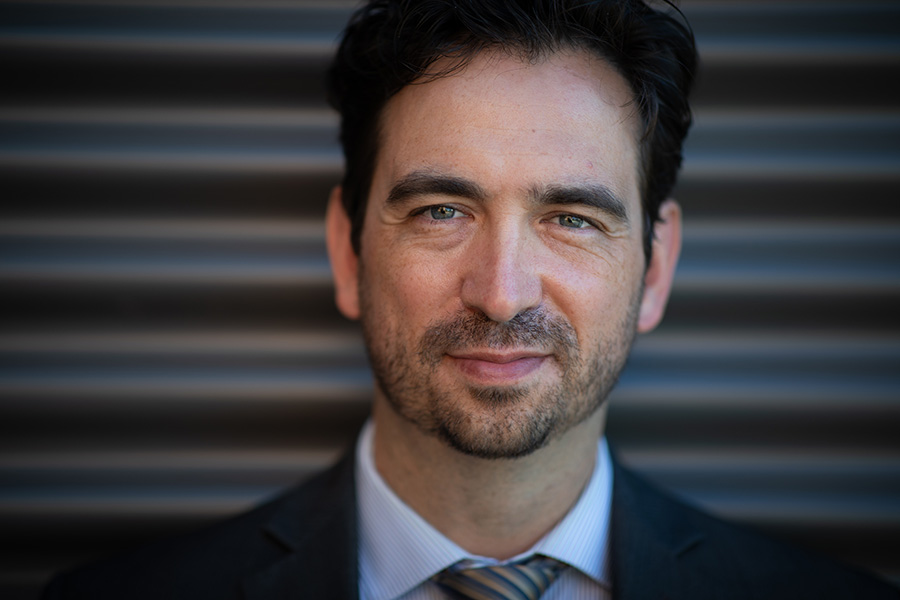Joyce Perrin, seen here in Saudi Arabia, is an author and adventurer. She has travelled to 156 countries and 31 territories across all seven continents, and has spent time living and working in many of these countries. (Photo: Courtesy Joyce Perrin)
Joyce Perrin is an author and adventurer. She has travelled to 156 countries and 31 territories across all seven continents, and has spent time living and working in many of these countries.
In 2015, at the age of 78, while living in the Central American country of Panama, Joyce was diagnosed with glaucoma, an eye disease caused by damage to the optic nerve that connects the eyes with the brain and leads to visual field loss. Glaucoma is one the leading causes of irreversible blindness worldwide.
For a writer and traveller such as Joyce, having a degenerative vision condition like glaucoma can have a major impact in her life.
She needed cataract surgery and had the procedure at a local hospital in Panama.
However, Joyce has pseudoexfoliation glaucoma, an aggressive form of the disease. It is also associated with weakening of zonules, which are tiny ligaments that hold the lens in place.
Joyce had complications during her surgery, which led to high eye pressure and swelling in the front of her eye.
“It was a hard time for me, both physically and mentally,” she says. “I had so many problems even in my day-to-day life.”
Eventually, Joyce returned home to Canada and was referred to Dr. Marisa Sit, ophthalmologist and clinician investigator at UHN’s Donald K. Johnson Eye Institute at Toronto Western Hospital.
In 2017, Joyce started her treatment journey at the institute with Dr. Sit, Dr. David Rootman, cornea specialist and clinician investigator, and Dr. Matthew Schlenker, glaucoma and cataract specialist and clinician investigator.
Unfortunately, after going through multiple surgeries and treatments, due to the seriousness and complications of her condition, doctors determined that they could not save the sight in her right eye.
“It was frustrating at the time because I couldn’t travel, due to the pain and pressure I was feeling in my right eye,” Joyce says. “I was worried I might lose my sight in my left eye too.
“That would be devastating.”

Glaucoma is a progressive disease. As pressure increases in the eye, it can lead to advanced damage to the optic nerve, loss of nerve fibres, and may even lead to blindness for some individuals.
Most people develop glaucoma in both eyes, although the disease initially may be worse in one eye. In Joyce’s case, the condition in her right eye was much worse. However, as time passed and the condition progressed, her left eye was also affected by cataract and glaucoma.
Upon assessing Joyce’s condition in her left eye, Dr. Schlenker performed a cataract surgery along with a microinvasive glaucoma surgery, a new type of procedure intended to reduce the risks associated with traditional glaucoma surgery.
In comparison to traditional glaucoma surgery, this procedure is performed with microscopic implants, and small incisions in the eye, which leads to quicker healing, visual recovery, and more predictable results.
With this novel technique, patients now have options.
“Ten years ago, for patients like Joyce, they would only have two options, either do no surgery or have a major surgery,” says Dr. Schlenker. “Whereas now, we have this middle-of-the-road approach for patients who clearly have glaucoma but are not good candidates to undergo the risks associated with the traditional approach.”
The left eye surgery was successful and Joyce had a much better and faster recovery.
This supported her to move forward to publish a book, Ants in My Pants: One Woman’s Unexpected Adventures Across Seven Continents. In it, Joyce shares her travelling experience around the world, both as a tourist and an ambassador for adventure, working with the World Health Organization and the United Nations Development Program as a Quality Improvement Specialist, and making changes to people’s lives in the Middle East, Africa and South America.
“I’m so grateful to have doctors like Dr. Sit, Dr. Rootman and Dr. Schlenker,” she says. “It was the exceptional care and support at the Donald K. Johnson Eye Institute that helped me get through this and finish my book.” says Joyce.

Today, more than 5.5 million Canadians live with eye diseases, such as glaucoma, age-related macular degeneration and cataract, and this number is expected to double over the next 20 years.
Vision diseases such as glaucoma can cause irreversible damage to the eyes and there’s currently no cure. However, early prevention and diagnosis can help slow down or prevent vision loss, in fact, over 75 per cent of vision loss is preventable or treatable with early intervention by receiving regular eye examinations.
Many patients live with multiple eye conditions and diseases. Luckily, at the Donald K. Johnson Eye Institute, physicians from different specialty clinics, including the Glaucoma Clinic, the Retina Clinic, the Cornea Clinic, the Low Vision Rehabilitation Clinic and the Comprehensive Ophthalmology Unit, often work together to find the best treatment options for patients.
It was this high-level collaborative care between three physicians that helped Joyce in her treatment and recovery journey.
Joyce now looks forward to continuing her adventures with the hope of publishing more books in the future.
“Follow your passion, regardless of how long it takes,” says Joyce. “Life can be challenging, but with supports and determination, you can overcome anything.”
For more information about vision illnesses and preventions, visit Donald K. Johnson Eye Institute.
